ISSN ONLINE(2319-8753)PRINT(2347-6710)
ISSN ONLINE(2319-8753)PRINT(2347-6710)
Karan Babbar1, Dr.Neeru Singla2, Dr. V.S. Batra3
|
| Related article at Pubmed, Scholar Google |
Visit for more related articles at International Journal of Innovative Research in Science, Engineering and Technology
The study centered on the effect of brine solution (3.5 % Nacl) on Hardness property of concrete samples using different material admixture. The concrete mix of M30 grade with water cement ratio of 0.45 with OPC- 43, OPC-43+25% fly ash and OPC-43+ 25% granulated slag is made. Standard Cubes cylinder and beam were testedon 7, 28,52 and 90 days for compressive strength , split tensile strength and flexural strength was estimation respectively
INTRODUCTION |
| Concrete is the most widely used construction material all over the world. It is difficult to find out alternate material for construction which is as suitable as that of such material form durability and economic point of view. The quantity and quality of the water plays an important role in durability of concrete .Impurities in water may interfere the setting of the cement and adversely affect the strength properties. The chemical constituents present in water may participate in the chemical reactions and thus affect the settingtime, hardening and strength development. The IS: 456(2000) code stipulates the water quality standards for mixing and curing. In some arid areas, local drinking water is impure and may contain an excessive amount of salts due to contamination by industrial wastes. When chloride does not exceed 500 ppm, or SO3 does not exceed 1000 PPM, the water is harmless, but water with even higher salt contents has been satisfactorily used. |
| The successful performance of a marine structure depends up on its durabilityagainst the aggressive marine environment. Disintegration of concretes in marineenvironments is mostly caused by chemical deterioration due tosulphate attack, chlorideattack and leaching. Physical deterioration from crystallization of soluble hydrated salts inpores of the concrete, erosion and abrasion promotes disintegrationfurther. The overallresults of these attacks on concrete are softening, cracking and partial removal of concretecover. This in turn exposes a fresh surface for further attack.Coastal and offshore sea structures are exposed to the simultaneous action of physical and chemical gradual deterioration processes, which provide an excellent opportunity ofunderstand the complexity of concrete durability problems. Second, oceans makeup 80 percent of the surface of the earth;therefore, a large number of structures are exposedto seawater either directly or indirectly as winds can carry seawater spray up to a few milesfrom the coast. Most of sea waters havinguniformity in chemical composition, which ischaracterized by the presence of about 3.5% soluble salts by weight. The ionic concentrationof Na+ and Cl-are about 11,000 and 20,000 mg/litre, respectively. However, fromthe standpoint of aggressive action to cement hydration products, sufficient amount of Mg2+and SO4 are present, typically 1400 and 2700 mg/litre, respectively. The pH of seawatervaries between 7.5 and 8.4., the average value in equilibrium with the atmospheric CO2 being8.2. Under exceptional conditions, pH value lower than 7.5 may be encountered. These areusually due to a higher concentration of dissolved CO2, which would make the seawater moreaggressive to Portland cement concrete.An understanding of the aggressive elements of the environment and the mechanism of theirattack on concrete structures is essential to develop the right course of action in providingstructures to best withstand the aggression. However, most of the problems regardingconcrete durability can be eliminated if appropriate measures are taken in the selection ofmaterials, mix design, reinforcement detailing, construction techniques and quality controlmethods. As an ingredient material, the quality of mixing and curing water has an importantrole in making the concrete durable. |
RESEARCH SIGNIFICANCE |
| Now-a-days, as a progress of development, lots of engineering construction including high rise building, embankment walls, bridge etc is going on along the coastal belt of the country. Durability of a reinforced concrete structure depends on the environment in which it is exposed, as also on the time and properties of concrete. But sea water contains large amounts of sea salts, which may have adverse effect on the properties of concrete. So it is required to investigate the effect of sea salts on strength properties of different types of concrete |
EXPERIMENTAL PROGRAME |
| The experimental program was planned to investigate the effect of brine solution (3.5% Nacl) on hardness property of concrete mixes with different material admixture content. This study includes determination of compressive strength, split tensile strength and flexural strength (upto 90 days) of concrete specimen made and cured by using brine solution. |
VARIABLE CONTENTS |
| 3.1(a) Cement |
| Portland cement conforming to IS 8112: 2013 was used as binding materials. Its physical properties are given in Table 1 |
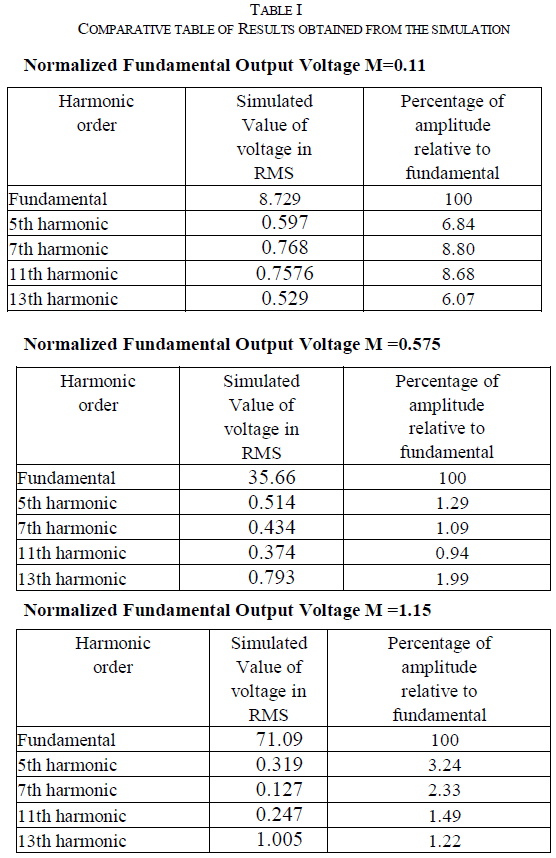 |
| Table: 1 Physical property of cement |
| (b) Aggregate |
| The coarse aggregate used was crushed stone with a maximum nominal sizeof 12.5 mm; the fine aggregate was river sand. The coarse and fine aggregate was separated into different size fractions. The grading of the aggregates and Properties Coarse Aggregate Fine Aggregate |
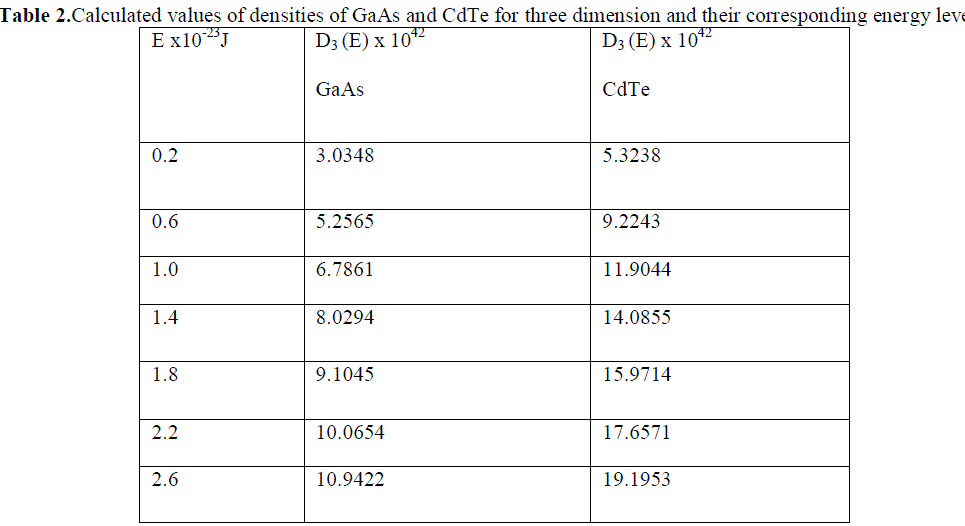 |
| 3.2 Variables studied(a) Concrete quality: |
| Three different concrete mixes, namely concrete A, B and C wereused. Relevant information of the concrete mixes is given in Table 3. |
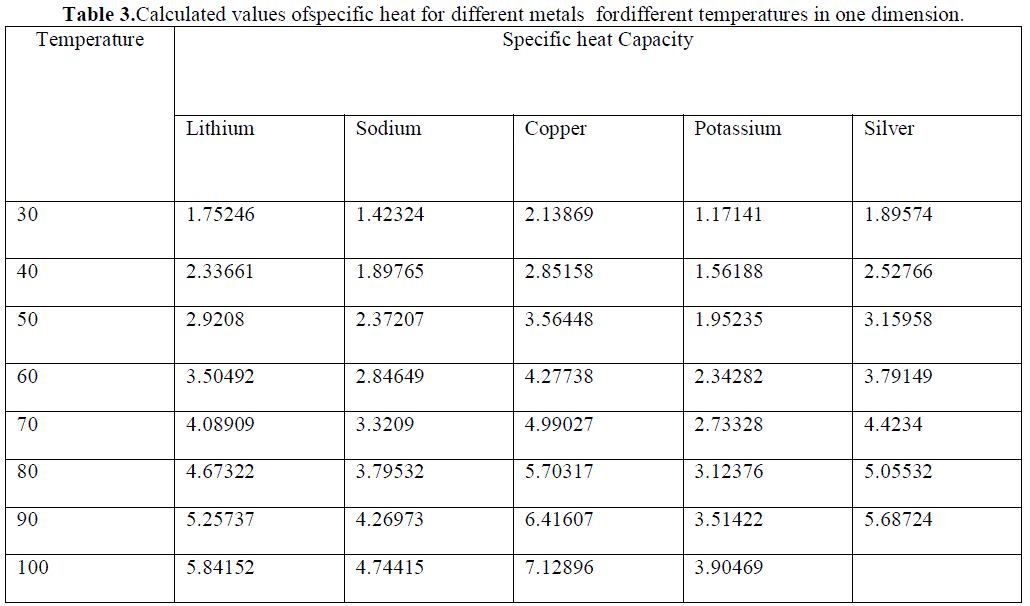 |
| (b) Exposure period: |
| Test specimens were tested periodically after the specified curing periods of 7, 28,52 and 90 days in brine solution (3.5% Nacl). |
| (c) Size of specimens: |
| Standard cube (150 mm X 150 mm X 150 mm), cylinder (150 mm diameter and 300 mm long) and beam ( 100 mm X 100 mm X 500) is used for casting. |
| (d) Curing environment: |
| A total of 216 concrete specimens were cast in the laboratory. At the end of casting, the specimens were kept at 27ºC temperature and 90% relative humidity for 24 hours. After demoulding, all the specimens were made and cured. After a specific period of exposure, the specimens were taken out form curing tank for compressive strength test, split tensile strength test and flexural strength test. Visual examinations of the specimens were carried out before tests to observe the physical changes including colour changes, cracks formation, surface erosion etc. |
| 3.3Test for hardeness(a) Compressive Strength of concrete: |
| Concrete specimen of 150mmX150mmX150mm is casted and tested in compression testing machine after 7, 28, 52 and 90 days of curing in brine solution.using a calibrated compression testing machine of 2,000 KN capacity as per IS: 516- 1959 (2004). |
| Compressive strength fc = P/A , where, P is load & A is area of cube …… The result of Compressive strengthis shown in table no.4 |
 |
| Fig1: Compression testing Machine |
| (b)Split tensile Strength of concrete: |
| Concrete specimen of 300 mm long and 150mm diameter is casted and tested after 7, 28, 52 and 90 days of curing in brine solution.from reference mixes and tested as per IS 5816-199 with different techniques. fsplit=2 P/πDL,…… where P=load, D= diameter, L=length of cylinder…… The result of Split Tensile Strength is shown in table no.5 |
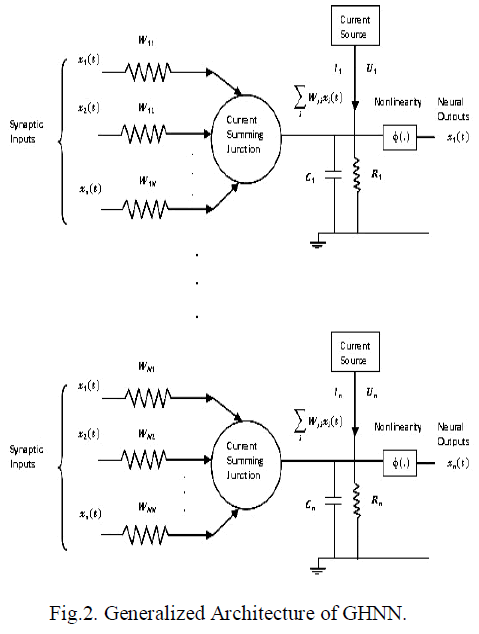 |
| Fig 2: Split tensile Strength testing Machine |
| (b)Flexural Strength of concrete: |
| Concrete specimen of 100mmX100mmX500mm is casted and tested in flexure testing machine after 7, 28, 52 and 90 days of curing in brine solution. from reference mixes . specimens are tesed as per IS: 516-1959 (2004). Four-point loading method has been used to create a pure bending state in the beam. |
| frup= (WL)/(bd2), where W= load at failure, L= Span of beam (400mm), b= width, d=depth of beam … (c) Shear strength: For shear strength L-shape cubes |
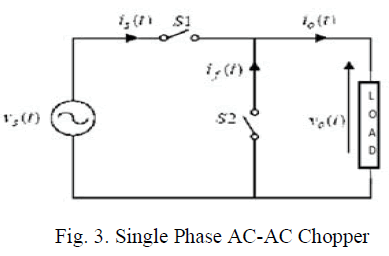 |
| Fig 3: Flexure Testing Machine |
RESULT AND DISCUSSION |
| Concrete specimens of different mixes are taken out for test as well as visual examination after specific period curing environment. |
| a) Compression test: |
| The compressive strength of different samples of concrete cast and cured in brine and result is presented in Figures 4and table.no 4 |
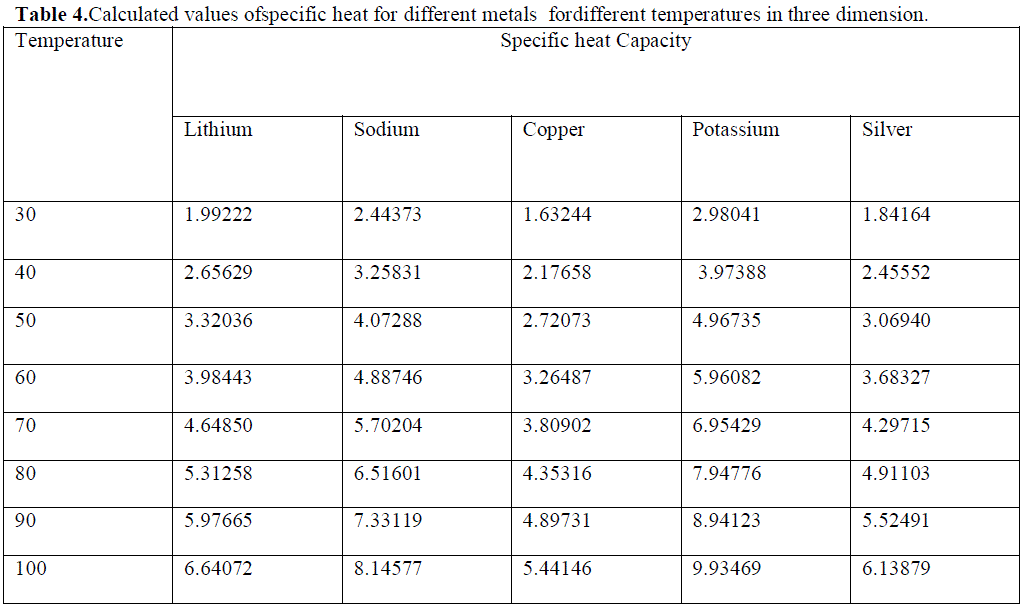 |
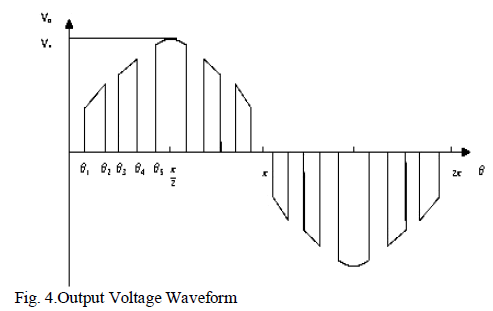 |
| b) Split tensile strength : |
| The compressive strength of different samples of concrete cast and cured in brine and result is presented in Figures 5 and table.no 5 |
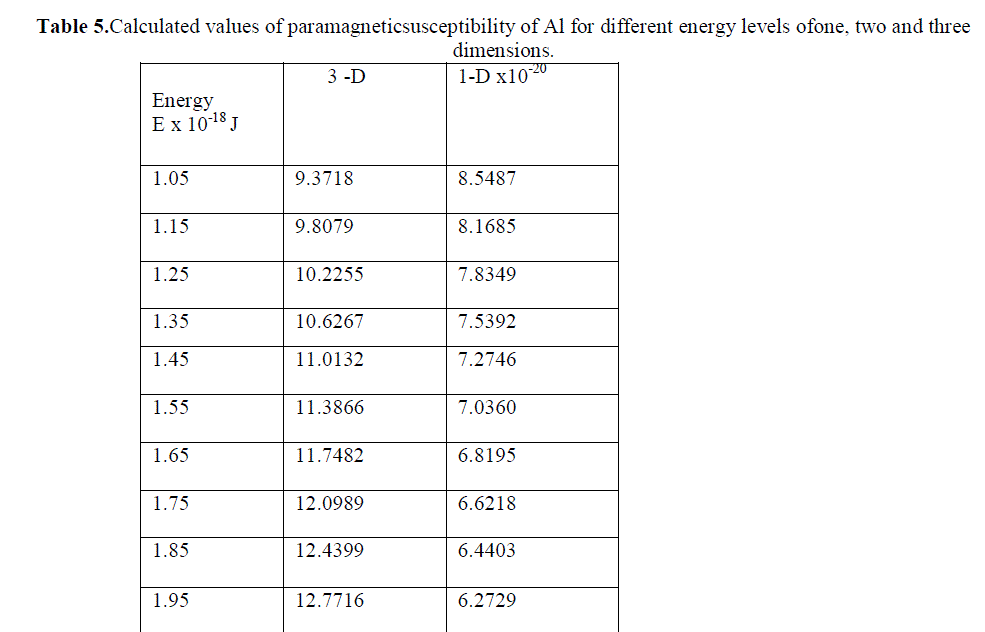 |
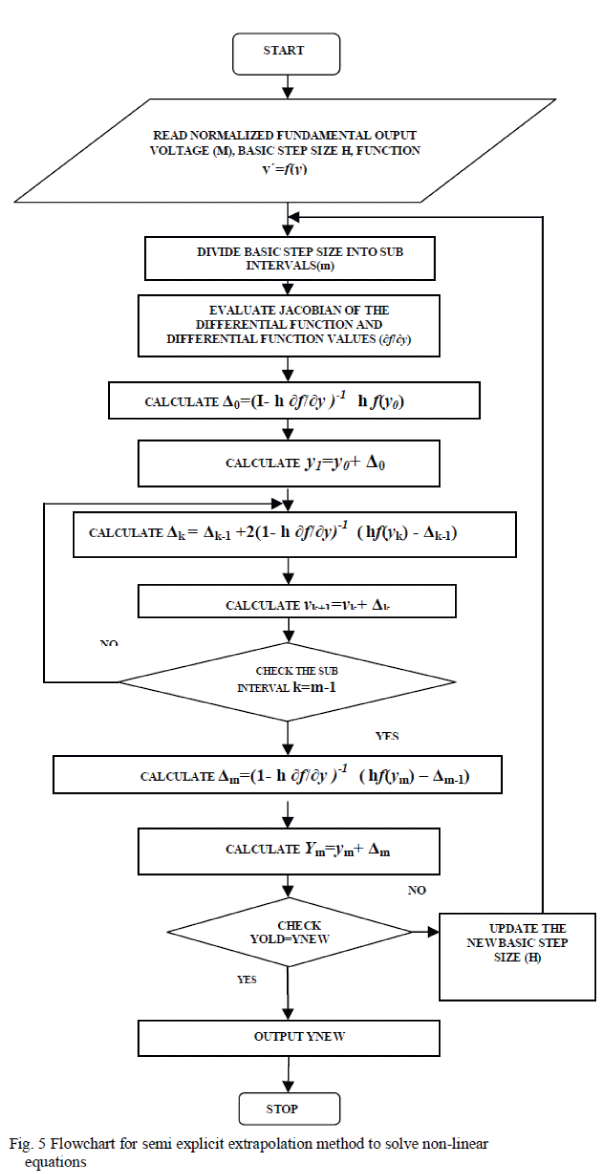 |
| c) Flexural strength : |
| The flexural strength of different samples of concrete cast and cured in brine and result is presented in Figures 5 and table.no 5 |
 |
| Table: 5 Average Flexural strength result |
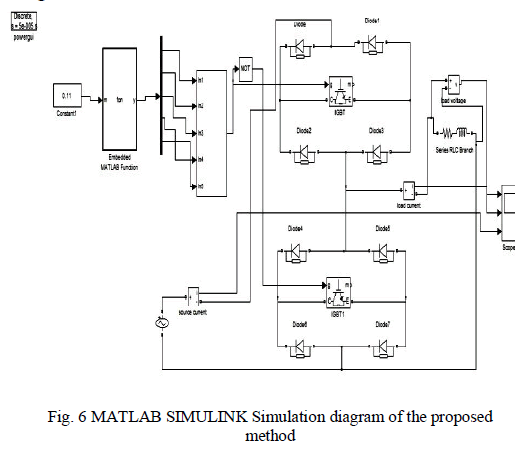 |
| Fig 5: Graph showing average Flexural Strength of different specimen |
CONCLUSION |
| Test results of the investigation carried out on three different specimen of concrete made with plain water and exposed brine solution water over a period of 90 days has been critically studied and analysed. |
| (a) Compressive strength of concrete with OPC-43 + 25% slag perform better than OPC-43 + 25% fly and OPC-43 after 90 days of curing in brine solution |
| (b) Split tensile strength of concrete with OPC-43 + 25% slag perform better than OPC-43 + 25% fly and OPC-43 after 90 days of curing in brine solution however Split Tensile strength of OPC-43 + 25% fly decrease with increase in time. |
| (c) Flexural strength of concrete with OPC-43 + 25% slag perform better than OPC-43 + 25% fly and OPC- 43 after 90 days of curing in brine solution |